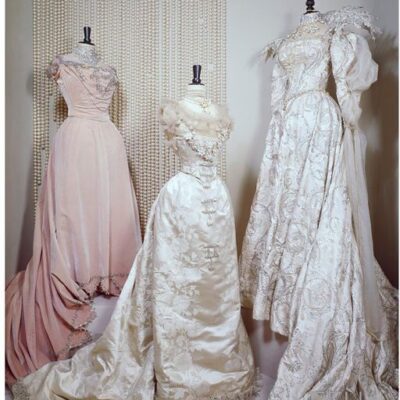
Fashion & History 19.12.2022
01.07.2018
costume historyfashion historywomenswear
Tracing the origins of feminine modern attire – in sport
During the 18th century, and much later on, tailoring for men and women were a quite distinct practice and were pursued by different professional figures. In the english language, even the words that defined ‘making clothes’ for men and women were different: tailors were the ones (usually men) producing men’s attires, while women making clothes for women were usually called dressmakers. Still today, menswear tailoring is still looked as the epitome of distinction and mens’ tailors keep their patterns and knowledge to pass it on only to their worthy successors. However, there were occasions in the 18th century already, in which women had their clothes designed and made by menswear tailors. The riding jacket was one of these occasions.
The ‘riding habits’ therefore included also elements of men’s costume. This jacket in particular is styled after a man’s coat, but it was added a waist seam to fit over stays and a wide petticoat. Another masculine element is the mariner’s cuff, with a scalloped flap with three buttons running parallel to the length of the sleeve. It was a style first seen on the coats of naval officers, although their uniform was not officially defined until 1748. The mariner’s cuff became a fashionable feature of civilian coats in the 1750s and soon began to appear on women’s riding habits.